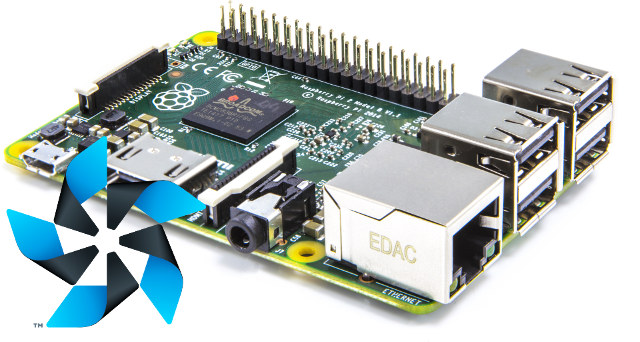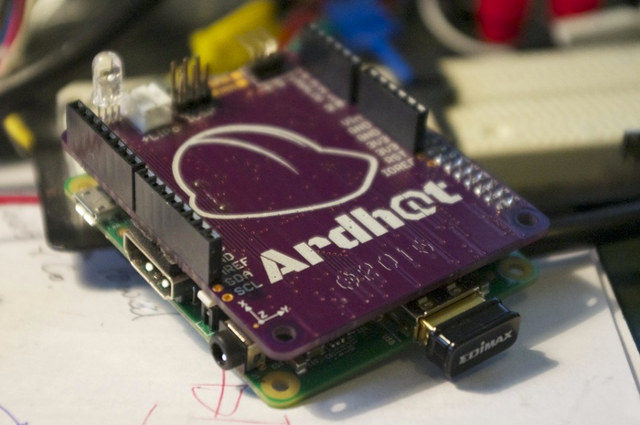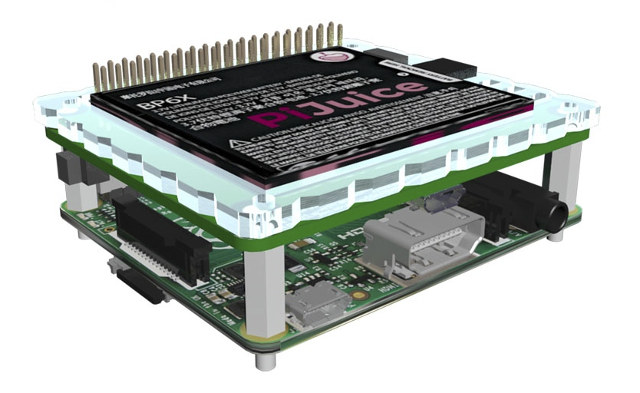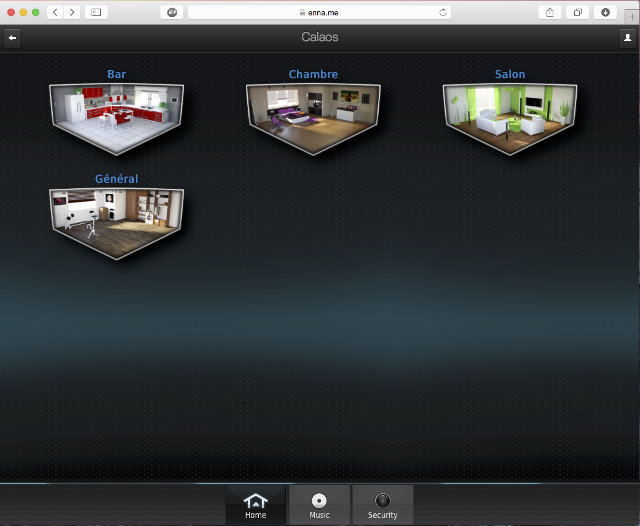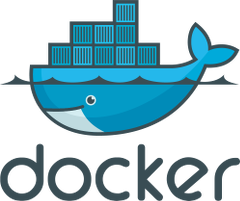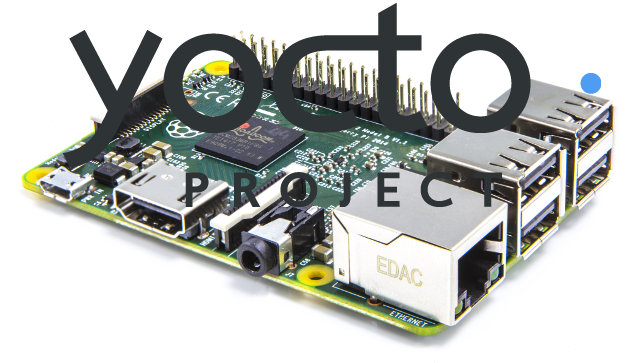Tizen may not be overly used in devices, but there has been ports of the operating system on various ARM platform, mostly development boards, powered by Allwinner, Rockchip, Freescale SoCs, and more… Seeing the popularity of Raspberry Pi 2 Model B, Samsung Open Source Group decided to port Tizen to the latest version of the hobbyist board. The full instructions are rather long, and provided in the link above, but the main steps – using a Linux based computer – can be summarized as follows: Create a local copy of tizen-distro Add Raspberry Pi 2 BSP Meta repository Initialize the environment and modify some config files Start the build with Yocto: bitbake rpi-hwup-image. This should make a minimal headless? image Create an SD card image with tmp-glibc/deploy/images/raspberrypi2/rpi-hwup-image-raspberrypi2.rpi-sdimg using dd, an optional resize the parition with gparted or fdisk/resize2fs. Insert the SD card in to your Raspberry Pi 2, and have […]
ARDHAT adds Arduino Shield Compatibility, an ISM Band Radio to Raspberry Pi and ODROID-C1 Boards (Crowdfunding)
NinjaBlocks created Pi Crust add-ons board adding a 433MHz radio and Arduino compatibility to the Raspberry Pi Model A & B a few years ago, but the product has since been removed from their store. But a startup called ubIQio has now created a similar product compatible with Raspberry Pi Model A+, B+ and B2, as well as ODROID-C1 which also comes with a 40-pin R-Pi header. The ARDHAT board is a HAT compatible add-on board with an Atmel MCU, Arduino headers, as well as an optional long range mesh ISM radio (433, 868 and 915 MHz) and various sensors. There are four versions of the board: Basic Ardhat, Ardhat-I, and Ardhat-W and Ultra, which share the following specifications: MCU – Atmel MCU @ 16MHz Headers and I/Os Arduino compatible header accepting 5V Arduino shields 12 ch PWM O/P, 6 ch analog I/P Real-time Clock Programmable Power/Navigation combo switch Programmable […]
Relative Performance of ARM Cortex-A 32-bit and 64-bit Cores
Many people assume newer processors will be faster, or that 64-bit processor will provide a performance boost compared to 32-bit processors, but the reality can be quite different, and I’ve decided to have a look at ARM Cortex-A cores using ARMv7 (32-bit) and ARMv8 (64-bit) architecture, and see what kind of integer performance you can expect from each at a given frequency. To do so, I’ve simply use DMIPS/Mhz (Dhrystone MIPS/Megahertz) values listed on Wikipedia. Drystone benchmark has no floating-point operating, so it’s a pure integer benchmark. I’m only looking at ARM core here, and once integrated in an SoC, other parameters like memory bandwidth, amount of cache, GPU, etc.. will greatly affect the overall system performance. The figure above are per MHz, and it does not mean for example that a Cortex A5 processor will be slower than a Cortex A7 processor, as can be seen by the comparison […]
PiJuice Battery HAT Module for the Raspberry Pi Boards Comes with an Optional Solar Panel (Crowdfunding)
The Raspberry Pi is a low power board that can be powered a few hours or a few days with batteries, and the easiest solution is probably to use a USB power bank connected to the micro USB port of the board, but the solution is not really integrated. That’s where PiJuice comes into play. It’s a HAT compatible module that connects nicely to the latest Raspberry Pi boards with 40-pin header (A+, B+ and B2), and include a 1,400 mAh battery that can be used as UPS (Uninterrupted Power Supply), an RTC, and more. Key features of PiJuice HAT: 1400 mAh Lipo battery, good enough to last up to 24 hrs in constant use. 5,000 mAh batteries are also said to be supported. Full UPS (Uninterrupted Power Supply) solution Integrated RTC (Real Time Clock) On board intelligent on/off switch Low power deep-sleep state with wake on interrupt/calendar event On […]
Experimental Android 5.x Lollipop Port for Raspberry Pi 2?
When Raspberry Pi 2 was announced, I was quite hopeful Android would be ported to the board since it now had the processing power and memory requirements to run Android. But members of the Raspberry Pi foundation put a damper on this expectation directly in their Android forums by closing some Android related threads, and stating the mobile operating system does not bring anything to the educational goal of the Raspberry Pi. But yesterday, I’ve been informed that there was an experimental Android 5.1 port for ODROID-C1 and another Android 5.x port for Raspberry Pi 2. One of the key challenges to port Android to Broadcom BCM2836 is allegedly the large number of changes required for VideoCore 4 GPU’s buffer management, which was done by Broadcom internally for BCM2835, but never ported to the Raspberry Pi. So it does not quite seem an easy task. The README on github describes […]
Calaos is an Open Source Home Automation Suite for Raspberry Pi, Allwinner A10/A20 and x86 Platforms
Calaos is a Linux based home automation software released under GPLv3 license that works on Raspberry Pi, some Allwinner platforms like Cubiebaord 1/2, Mele A1000(G)/A2000, as well as x86 / amd64 hardware platforms that allows you control switches & lights in the rooms of your home or office, control your music, and manage security cameras.. The developers have recently released Calaos v2.0, the first stable release, so it’s a good time to have a look. The software stack is comprised of 6 main components: Calaos Server – Daemon that exports the state of the house via a JSON protocol. It can currently manage the following hardware components and protocols: Wago’s PLC, with digital or analog I/O, DALI or DMX light bus IPX800 web relay board GCE Electronics Eco Devices used to monitor power consumption. Web API 1-Wire, X10 Zibase I/O GPIO (Linux based GPIO, for direct use of RaspberryPI GPIO […]
Raspbian Image with Docker 1.5.0 Released for Raspberry Pi Boards
I’ve read quite a few articles mentioning Docker recently, but never really looked into it. So what is Docker? The developers describe it as: Docker is an open platform for developers and sysadmins to build, ship, and run distributed applications. Consisting of Docker Engine, a portable, lightweight runtime and packaging tool, and Docker Hub, a cloud service for sharing applications and automating workflows, Docker enables apps to be quickly assembled from components and eliminates the friction between development, QA, and production environments. As a result, IT can ship faster and run the same app, unchanged, on laptops, data center VMs, and any cloud. In practice, it looks like a lightweight virtualization solution that facilitates apps distribution to different operating systems and hardware platforms. For example, if your development machine is running Ubuntu 14.04 and you’ve developed an app requiring Python 3.0, Docker should make it a breeze to it on […]
Build a Raspberry Pi 2 Minimal Image with The Yocto Project
The Yocto Project is a build system that allows developers to make custom Linux distributions matching their exact needs. I’ve already shown how to build a 12MB Compressed image for the Raspberry Pi with Yocto, but the Raspberry Pi 2 has recently been added to the project, so I’ve tried to build it too in a machine running Ubuntu 14.04. I’ll use poky since it’s the default, but you could also build the system for Angstrom or without distributions (OpenEmbedded Core only). The steps to get the code is just the same as for the Raspberry Pi:
|
1 2 3 4 5 |
mkdir yocto cd yocto git clone git://git.yoctoproject.org/poky.git cd poky git clone git://git.yoctoproject.org/meta-raspberrypi |
You just need to checkout master, and not any branch (like dizzy) since R-Pi 2 is not yet supported in any release. Initialize some environment variables and the build directory:
|
1 |
. oe-init-build-env build |
Now edit conf/local.conf with vim or nano to set the machine to raspberrypi2 instead of qemux86:
|
1 2 |
MACHINE ??= "raspberrypi2" GPU_MEM = "16" |
There are more Raspberry […]


